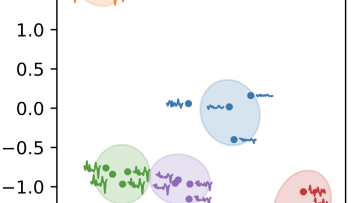12:00
Regularity for minimisers of the Total Variation Flow in metric measure spaces
Abstract
In this talk I will discuss some aspects of the potential theory, fine properties and boundary behaviour of the solutions to the Total Variation Flow. Instead of the classical Euclidean setting, we intend to work mostly in the general setting of metric measure spaces. During the past two decades, a theory of Sobolev functions and BV functions has been developed in this abstract setting. A central motivation for developing such a theory has been the desire to unify the assumptions and methods employed in various specific spaces, such as weighted Euclidean spaces, Riemannian manifolds, Heisenberg groups, graphs, etc.
The total variation flow can be understood as a process diminishing the total variation using the gradient descent method. This idea can be reformulated using parabolic minimizers, and it gives rise to a definition of variational solutions. The advantages of the approach using a minimization formulation include much better convergence and stability properties. This is a very essential advantage as the solutions naturally lie only in the space of BV functions. Our main goal is to give a necessary and sufficient condition for continuity at a given point for proper solutions to the total variation flow in metric spaces. This is joint work with Vito Buffa and Juha Kinnunen.



